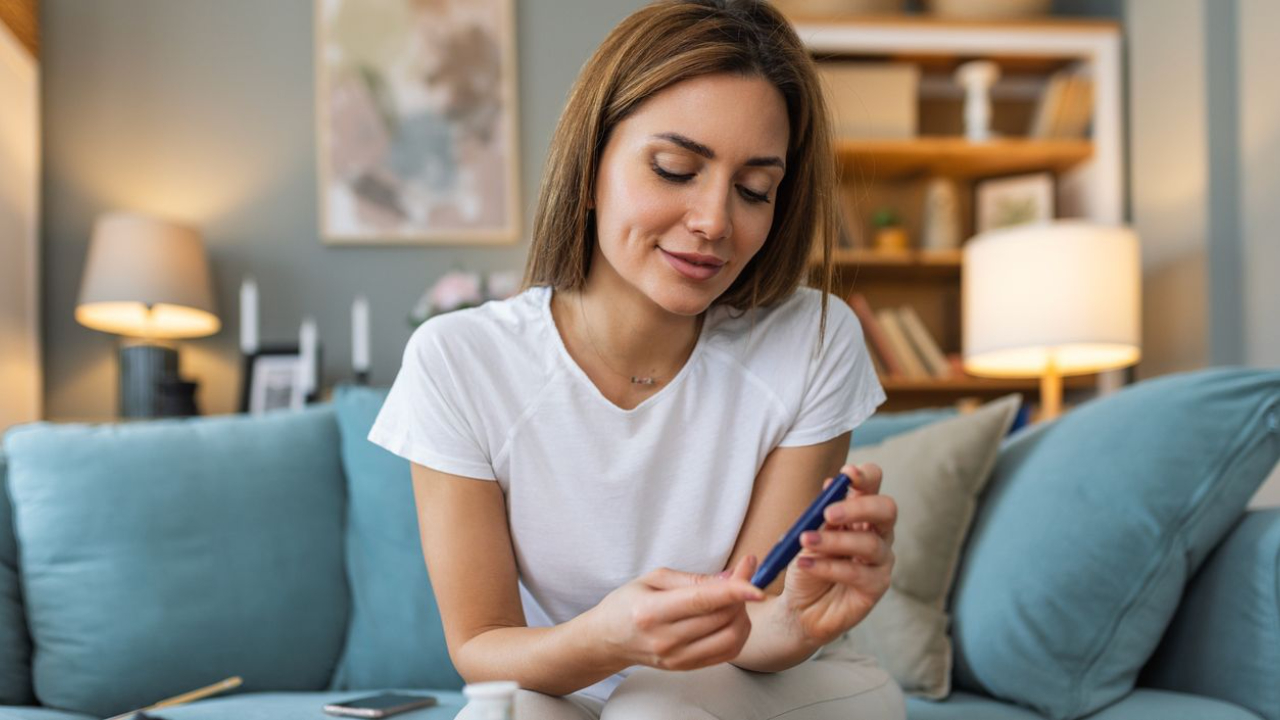Tips For A Non-Toxic Home
Sep 23, 2022
Our homes are meant to be a sacred space for us to rest, restore, and enjoy time together with family and friends. The last thing we want is for our home environment to endanger our health in terms of air quality, water supply, home care products, and the foods we eat and cook.
There are many simple ways to avoid harmful exposures. Here are some of my favorite tips on how you can freshen things up and feel good about time at home and the lifestyle you live.
The Air: Non Toxic Home Scents
Summer is a wonderful time to enjoy the fresh open air; it is also a great time to open the windows of your house and allow the summer breeze to move the stagnant air out. Conversely, during the winter, and sometimes fall and spring too, (at least in some parts of the world), closed doors and windows keep stagnant air inside allowing pollutants and contaminants to build up to unhealthy levels.
Here are some of my favorite tips on how to keep the air in your house healthy all year round.
Invest in a good quality air purifier.
Endorsed by the American Lung Association, air purifiers that are HEPA certified are effective at eliminating ultrafine dust particles and contaminants that can challenge your respiratory health. One of my favorite brands is AirIQ.
Avoid perfumes and fragrances (that are not derived from essential oils).
Perfumes and synthetically derived fragrances contain phthalates that have been linked to cancer, reproductive toxicity, and allergies. Even the FDA warns against these hidden chemicals. Check your labels and rethink that next cologne or perfume or topical lotion purchase not only for yourself, but those around you.
Keep a clean home.
- Dust regularly with a cloth that picks up dust rather than displaces it.
- Use a HEPA certified vacuum cleaner.
- Make a habit of removing shoes at the door- this limits tracking in bacteria and chemicals we pick up on our shoes from all the many surroundings we walk through.
The Water: Testing for Quality
There has been a lot of controversy about water quality recently. The National Resources Defense Council recently stated that in 2015, 18+ million Americans got their drinking water from systems with lead violations.
This is simply unacceptable because lead can cause permanent neurological, cardiovascular, and kidney damage. It’s not just drinking water that we need to worry about, but the water we bathe in too.
Have your home water supply independently tested for safety.
Don’t trust your local government to do this for you or your neighbor to tell you what they found. You may be surprised by what you find.
Invest in a good quality water filter.
There are many available on the market. Generally good filters are an investment, but in my opinion, well worth it. Ask to see their specifications pre and post testing information.
Buy one with a warranty and consider having your pre-filtered water compared with your filtered water; if the filter doesn’t live up to the hype, return it and consider a different brand. One of my favorites is Multi-Pure.
Water filters are great for drinking water, but you may also look into shower water filters as we are exposed to more through our skin than through our mouth.
The Cleaning: Non Toxic Home Products
One of the most frustrating topics as a health-care provider is that of endocrine disrupting chemicals or EDCs.
Over the past decade, there has been a significant amount of research on how these chemicals impact both human and wildlife health in negative ways. They do exactly what they say they do: interfere with hormonal systems of the body, which at the extreme, can cause cancer, infertility, birth defects, and other developmental disorders.
Don’t put your head in the sand when it comes to this topic. There is a lot you can do to educate yourself and change your habits.
Educate yourself about what you put on your skin and hair.
Don’t assume that the product packaging is selling you something that is safe if it advertises itself as “natural” or “organic.” Look up the ingredients yourself.
Environmental Working Group’s Skin Deep……IS AMAZING!
You can load an app on your phone and scan items in the grocery store or drugstore to see how toxic or clean they really are. A board of chemists rates each product and each ingredient and gives it a toxicity score.
If your favorite brand doesn’t show up, just enter in individual ingredients. You will be shocked by what you learn. I advise my patients to aim to purchase only products that are Level 2 or below on a scale of (1-10 toxicity).
Another great resource is The Good Guide.com.
This site will rate products on a scale of 1-10 depending on how clean they are; a 10 is the cleanest.
Educate yourself about cleaning products too.
Again, Environmental Working Group and The Good Guide will rate your cleaning products. Less toxins the better.
The Food: Shopping with Intention
You are what you eat….truly! Eating non spray or organic is important because foods can be loaded with EDCs just like cosmetics and household cleaners, except by eating them, they are that much more bioavailable.
You also don’t want to expose yourself unnecessarily to heavy metals. Again, educate yourself in order to create new healthy habits. Here are some resources:
Environmental Working Group’s Dirty Dozen. Reduce your pesticide exposure by choosing wisely when it comes to produce. You don’t have to buy everything organic, but certainly choosing at least the top 12 most contaminated foods will reduce your toxic exposure enormously. Conversely, there is a Clean 15 category detailing foods that are least contaminated that you can safely buy conventionally grown.
Seafood Watch is a great resource for any seafood purchases.
It’s great not only for dietary purposes, but also for sustainability purposes. I also use the acronym “SMASH” to remember the safest and healthiest fish to eat:
- Salmon
- Mackerel
- Anchovies
- Sardines
- Herring
You can feel really good about decreasing your toxic load by making these simple home and lifestyle changes.
The longer you implement these changes, the easier they become.
Unlock Your Hormone Health With Our Free Checklist
You deserve to know what is going on with your body and to understand why (or even IF) you have hormonal imbalances.
So we created this FREE resource to help guide you with some of the top labs and tests to consider.







